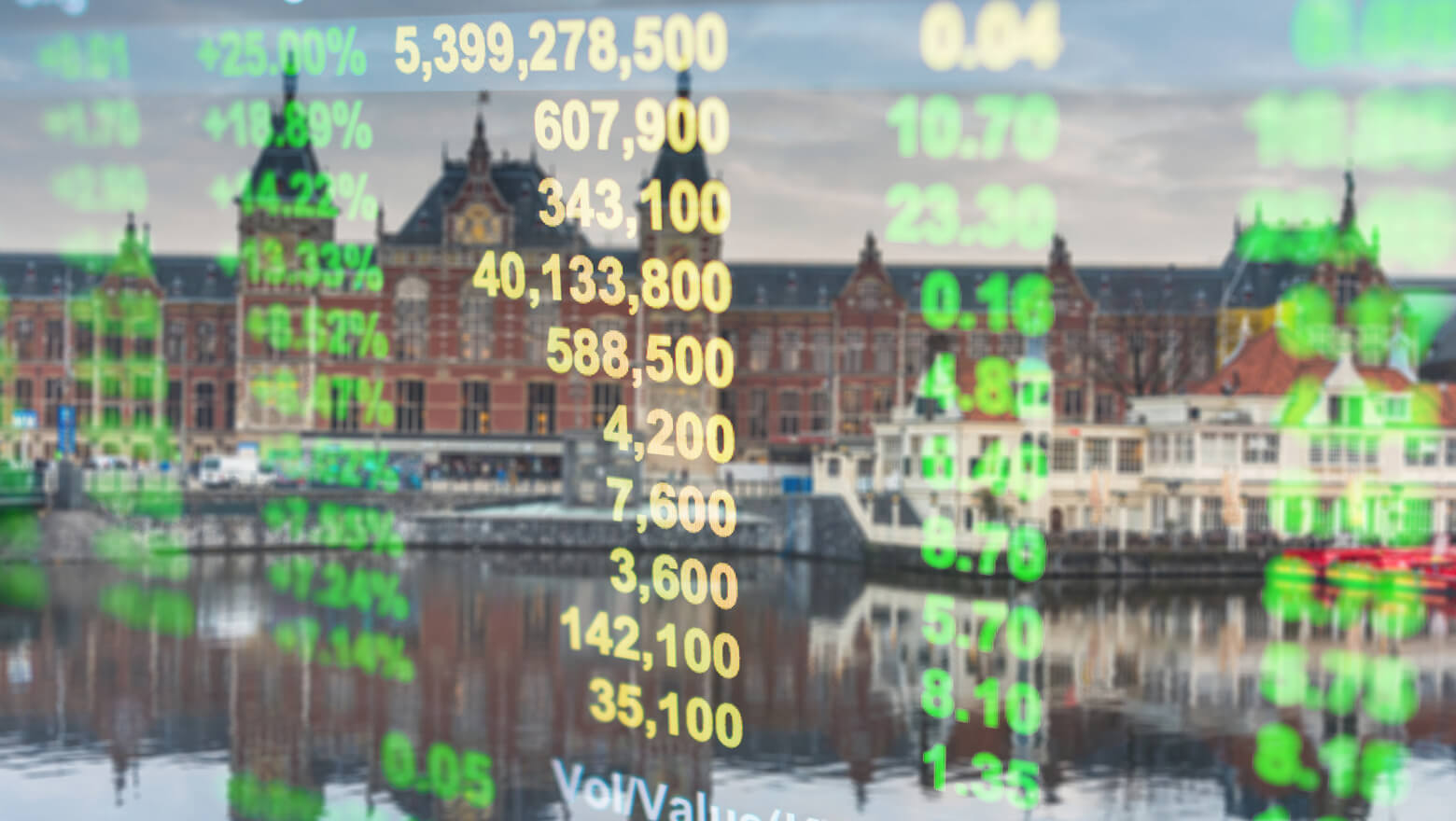
The Indian stock market capitalisation surged by 37% to $3.46 trillion, in the year 2021. India crossed France’s position to become the sixth largest stock market in the world. Nifty crossed the threshold of 18,000 and BSE Sensex crossed the 60,000-mark. As India strives to become a $5 trillion economy, the country’s stock exchanges have become the flag bearer.
A historical perspective of the stock exchange in India
The origins of security trading in India began when the East India Company engaged in debt trading. The rudiments of stock trading started in the 1850s when 22 stock traders set up shop under a banyan tree opposite the town hall in Mumbai. A formal and permanent set-up was established in Dalal Street in 1874 with an increase in the number of brokers. The Bombay Stock Exchange (BSE), established in 1875, was the forerunner of Asian stock exchanges. BSE was granted permanent recognition under the Securities Contracts Regulation Act of 1956. The set-up of Ahmedabad, Chennai, and Kolkata stock exchanges followed.
Evolution of the stock exchange in India and a twentieth-century insight
Most of the trading on the BSE happened in the pit of the exchange by brokers and jobbers. BSE had a monopoly in stock trading. The 80s’ witnessed a new era in stock trading when Reliance Industries was listed, creating an equity cult among retail investors. The Sensex or the Sensitivity Index made up of 30 companies was created as a benchmark index with 1978-79 as the base. The lack of timely information, research insights, insider trading and cumbersome settlement procedures led to a series of scams culminating in the Harshad Mehta scam in 1992. The Securities and Exchange Board of India (SEBI) was established as an autonomous body in the same year. SEBI is responsible for the oversight and regulation of procedures, functioning of the stock market and protection of retail investors.
As the trading volume expanded, the National Stock Exchange (NSE) was established as an electronic stock exchange in 1992 to reduce BSE’s monopoly and bring more transparency into the system. It is screen-based trading with the matching of buy and sell orders. It created a paradigm shift in trading mechanisms. Stock investing now became a mass-market phenomenon. Next was the Clearing House and Depository to facilitate seamless trading. Not to be left behind, BSE also set up its BOLT or BSE Online trading platform in 1995. The NSE also set up its benchmark indices as well as sector-specific indices. You can compare your portfolio returns against these indices to assess comparative returns against the market. You can determine over-performance or underperformance by this process.
The end of the twentieth century was a transformational decade. During this decade, there was a revamping of Foreign Exchange laws. Foreign institutional investors were permitted to invest in the Indian stock markets. Trading volumes increased dramatically. In the 2000s, stock and index derivatives trading commenced, including index, stock options, and stock futures.
Indian stock exchanges today
Apart from NSE and BSE, there are currently seven recognised exchanges in India in major metros. The NSE ISFC Ltd, in the GIFT City in Ahmedabad, seeks to attract overseas investors. BSE is publicly listed and traded on the NSE. Foreign Institutions have taken a stake in both the BSE and NSE. The NYSE has a stake in the NSE while Deutsche Bourse and the Singapore Stock Exchange have a stake in the BSE. The oversight by SEBI and the stock exchanges have helped to clean up the financial books of companies. Young retail investors have a well-regulated medium to earn higher returns with relatively lower risk.
Key takeaways from the history of stock exchanges in India
Stock exchanges are a primary medium to channelise the savings of retail investors for financing equity capital of Indian companies. Investors can earn higher market-linked returns by investing in stocks. Indian stock markets today are well regulated and have streamlined mechanisms in place to meet retail investors’ long term financial planning needs.
